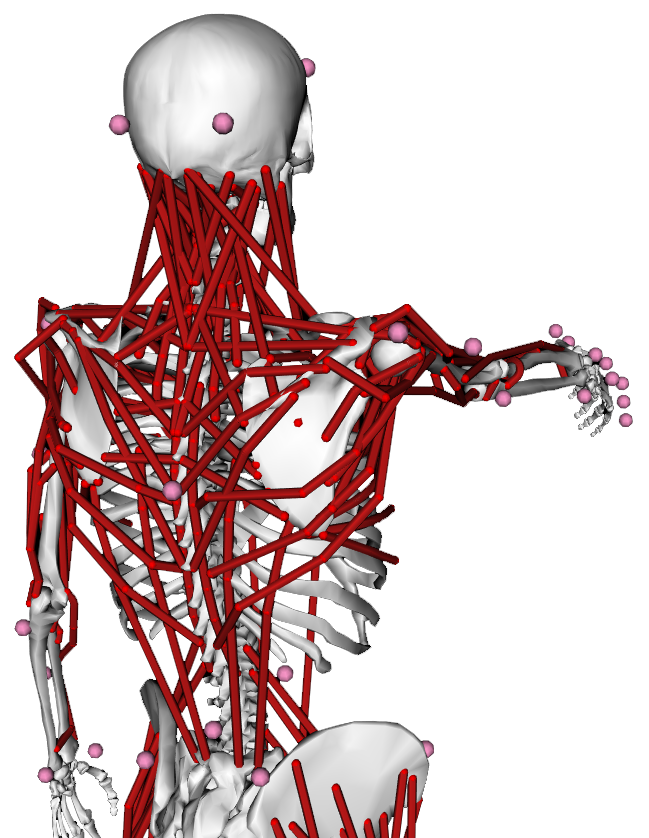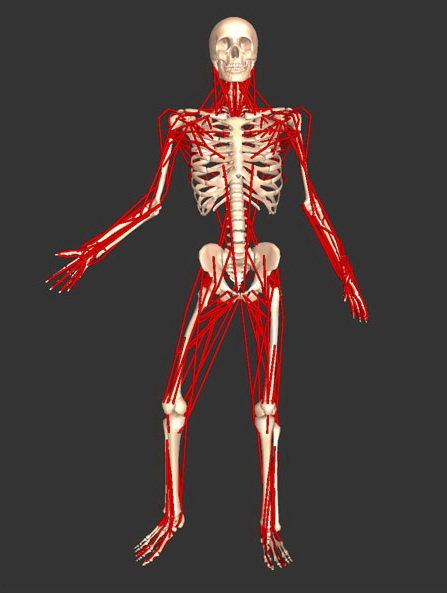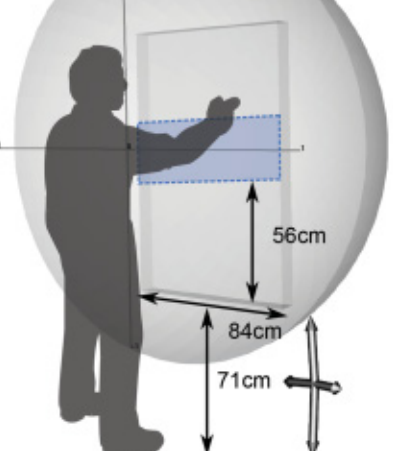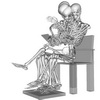max planck institut informatik

Biomechanics-related projects
Informing the Design of Novel Input Methods with Muscle Coactivation Clustering
Informing the Design of Novel Input Methods with Muscle Coactivation Clustering
Abstract
This paper presents a novel summarization of biomechanical and performance data for user interface designers. Previously, there was no simple way for designers to predict how the location, direction, velocity, precision, or amplitude of users' movement affects performance and fatigue. We cluster muscle coactivation data from a 3D pointing task covering the whole reachable space of the arm. We identify eleven clusters of pointing movements with distinct muscular, spatio-temporal and performance properties. We discuss their use as heuristics when designing for 3D pointing.
Materials
 |
PDF copy of the
paper: Informing the Design of Novel Input Methods with Muscle Coactivation Clustering Bachynskyi, M., Palmas, G., Oulasvirta, A., Weinkauf, T. Transactions on Computer-Human Interactions ACM, 2015 (Adobe Acrobat PDF, 2.0 MB) |
 |
Matlab scripts: Matlab scripts will come soon (Coming soon, ) |
 |
The source data: Motion capture and EMG data will come soon (Coming soon, ) |
 |
The frame-level cluster data: Data generated by biomechanical simulation and performance analysis consolidated in a single table. Zip archive of csv file. First 34 columns contain trial metadata and performance variables. Columns 35-44 - frame number, movement trajectories, velocity, and spherical coordinates. Columns 45-306 describe different biomechanical variables. Columns 307-308 describe angle projections on vertical planes. Column 309 contains cluster IDs of each movement. |
Links
 |
Simulation tool: OpenSim official web-page |
 |
Musculoskeletal model: Full-Body model official web-page |
Citation
Bibtex:
@article{Bachynskyi:2015:IDN:2722827.2687921,
author = {Bachynskyi, Myroslav and Palmas, Gregorio and Oulasvirta, Antti and Weinkauf, Tino},
title = {Informing the Design of Novel Input Methods with Muscle Coactivation Clustering},
journal = {ACM Trans. Comput.-Hum. Interact.},
issue_date = {January 2015},
volume = {21},
number = {6},
month = jan,
year = {2015},
issn = {1073-0516},
pages = {30:1--30:25},
articleno = {30},
numpages = {25},
url = {http://doi.acm.org/10.1145/2687921},
doi = {10.1145/2687921},
acmid = {2687921},
publisher = {ACM},
address = {New York, NY, USA},
keywords = {Muscle coactivation clustering, biomechanical simulation, physical ergonomics, user interface design, user performance},
}Contact
If you have any
question about the project, don't hesitate to write an email!
Myroslav Bachynskyi
Max-Planck-Institute for Informatics
Cluster of Excellence on "Multimodal Computing and Interaction"
mbachyns (at) mpi-inf (dot) mpg (dot) de


